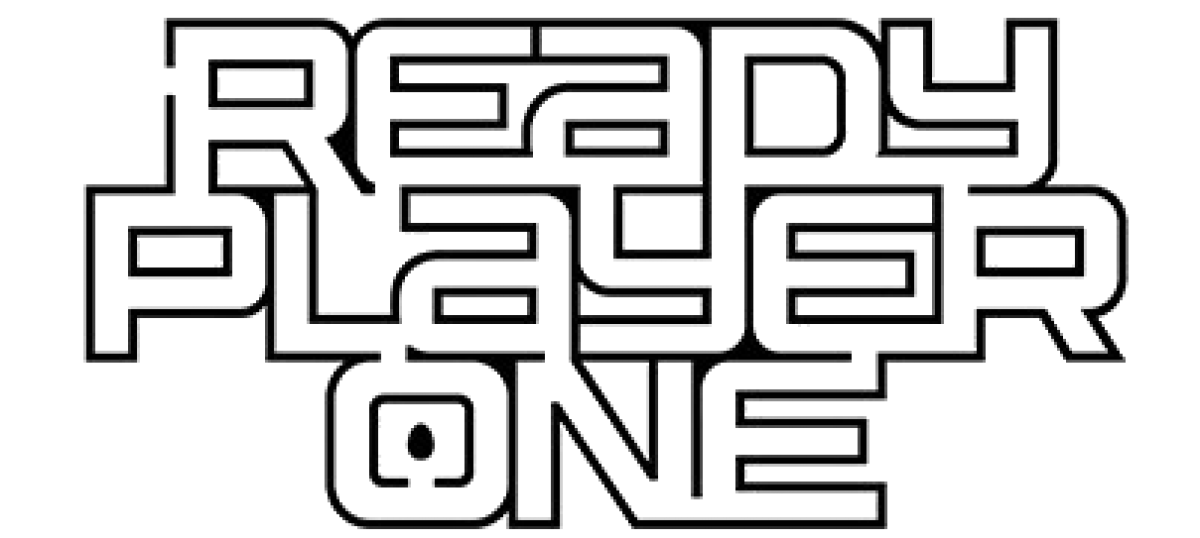Ethan Jarmush
Dr. Licastro
Eng 151 OM14
Virtual Reality Uses for Education
Virtual Reality (VR) might seem like something out of a sci-fi film from the future, but it has actually been around as early as the 1960’s, and has been used by NASA and the military for training, preparation, and rehabilitation.. If asked whether or not VR will have an impact on education, the answer is a definite yes, and not only that, but it will be a positive one. The uses can go as early as elementary school all the way up to medical school. Once the technology improves, not only will we have more uses for virtual reality, but the places it is being used in right now will improve drastically.
Right now, virtual reality is being used, and has the capacity to be used, in many different areas of education. The scientific article titled “Utilizing virtual and augmented reality for educational and clinical enhancements in neurosurgery” by Panayiotis Pelargos talks about how the military uses it “for training and rehabilitation of soldiers”. Training soldiers in virtual reality can help immensely as it gives them a sense of real combat but without putting them in danger before hand. Pelargos continues to talk about how the Air Force uses virtual reality for flight simulators and NASA uses it for developing HMDs (Head mounted display) for astronauts (Pelargos et al.). It’s not only large organizations that use virtual reality for education and training though, my college English class has used virtual reality and the topic of virtual reality for educational purposes. We’ve used the Google Cardboards to watch videos on the NYT VR app which transports us to many places around the world to learn about different cultures and situations that people live in. Furthermore, medical research laboratories are using virtual reality rudimentarily and trying to develop it further in order for the them to assist with surgery or other applications. Once the technology increases, not only will we see it used to train surgeons but all the other applications used so far will improve as well.
In the future, we could end up seeing virtual reality everywhere we go. As stated before with neurosurgeons, Pelargos and his team decided to conduct research on the applications for virtual reality in the medical field, and what needs to be met for it to be implemented. Pelargos believes that “VR may become an extremely valuable tool for education due to the intricate and complex nature of neurosurgical procedures” (Pelargos et al.). Not only can VR be used to train up and coming neurosurgeons, but veterans of the field can use it to hone their skills or prepare for a big surgery coming up so when it get to the real thing, they are already acclimated with what they need to do. All of this will allow for “greater efficiency, improved patient care, and minimization of technical errors that are inherent to the surgical learning curve” (Pelargos et al.). Besides neurosurgery, depending on how the technology develops, it can also be used in the public school system like its shown in the book Ready Player One by Ernest Cline. In the book, everyone uses virtual reality and it can be used to go anywhere, do anything, and be anyone. Cline goes into detail about how virtual reality is used in the classroom by saying “In astronomy class we visited each of Jupiter’s moons” (Cline 48). They also traveled back in time to the discovery of King Tut’s tomb (Cline 48). Something like this could easily be implemented today and it would grow and strengthen children’s understanding of these topics to an extent not available today like being able to interact with the environment they’re in or talk to people from different time periods.. Lastly, Chris Milk wants to use VR in film because “It connects humans to other humans in a profound way that I’ve never seen before in any other form of media” (Milk “Empathy Machine”). Like what our class did with the Google Cardboards, he wants to do on a larger scale to connect with others around the world in a way we haven’t yet been able to do. For example, like with what Ready Player One can do, we could interact physically or speak with whatever you’re observing. These are the kinds of things that the future of VR holds, but getting there will not be without its struggles.
There are a few barriers to entry which is the reason VR is not as widespread as you may think since the technology has been around for 60 years. Since it has not reached commercial success among the populous, it hinders the development of the technology since it is harder to fund it. In order for VR to be worthwhile to use in education, the physical gear needs to be safe, reliable, and the results need to be valid. Getting all this accurate can be difficult to do and needs to be done correctly. The equipment also needs to be mobile, immersive, flexible, and affordable. It is no wonder that due to companies like Sony and Samsung having a difficult time funding these projects and making sure all the specifics are done right, that it has taken so long for VR to be considered seriously as an education tool.
So despite these barriers to entry, in the future when the technology progresses, not only will the places VR could be utilized in expand like in the medical field or public school, but areas it is being used currently will improve greatly like with military rehabilitation and training at NASA. Once VR reaches commercial success, we could end up seeing VR in many aspects of our lives we never dreamed of.
